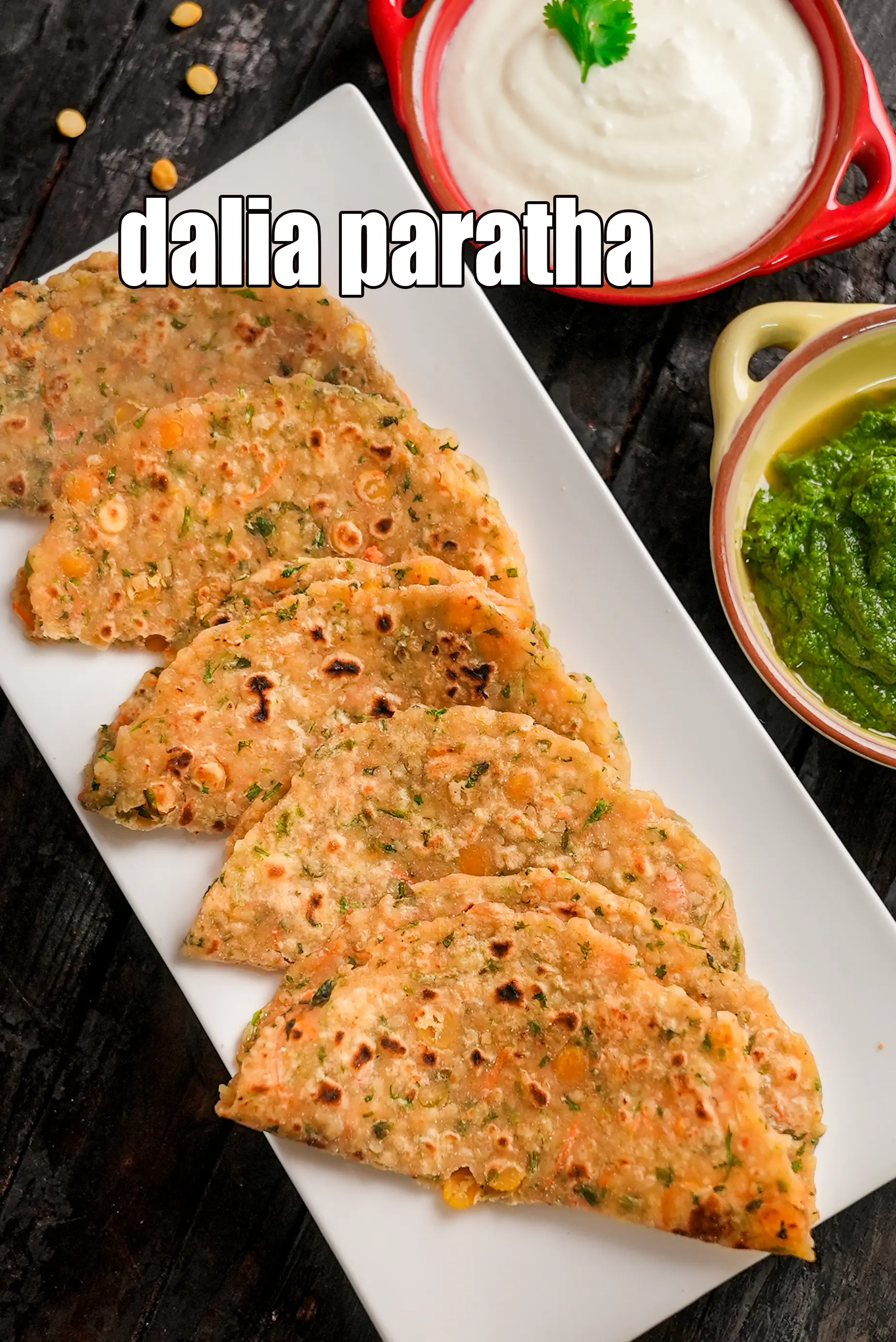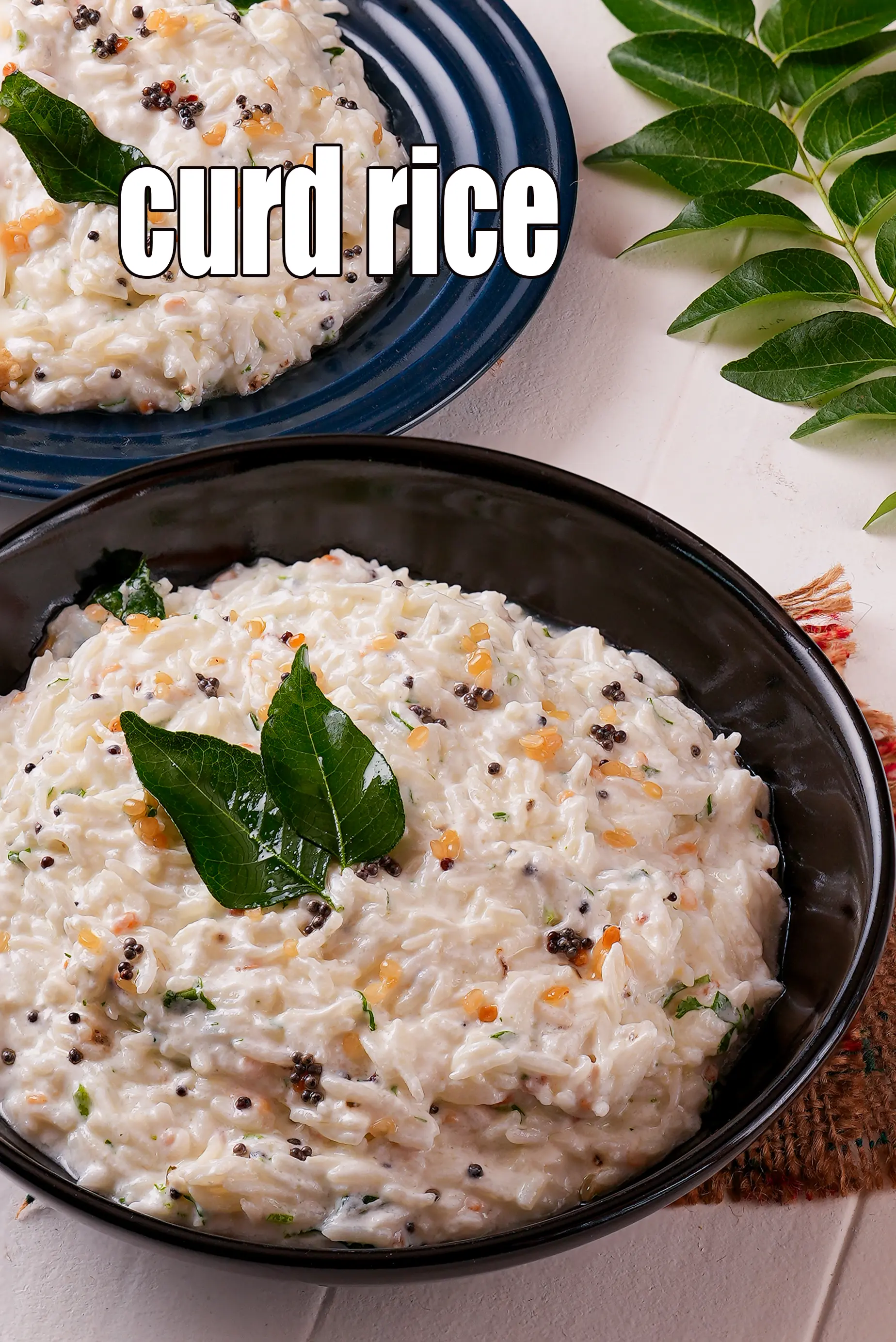Nutritional Facts of Dalia Paratha, Broken Wheat Paratha, Calories in Dalia Paratha, Broken Wheat Paratha
This calorie page has been viewed 4354 times
Table of Content
How many calories does one Dalia Paratha, Broken Wheat Paratha have?
One Dalia Paratha, Broken Wheat Paratha ( 40 grams) gives 74 calories. Out of which carbohydrates comprise 54 calories, proteins account for 9 calories and remaining calories come from fat which is 13 calories. One Dalia Paratha, Broken Wheat Paratha provides about 3.7 percent of the total daily calorie requirement of a standard adult diet of 2,000 calories.
Dalia Paratha, Broken Wheat Paratha recipe makes 10 parathas of 40 grams each.
74 calories for 1 serving of Dalia Paratha, Broken Wheat Paratha, Cholesterol 0 mg, Carbohydrates 13.6g, Protein 2.2g, Fat 1.4g. Find how much fibre, iron, calcium, zinc, magnesium, phosphorus, sodium, potassium, folic acid is present in Dalia Paratha, Broken Wheat Paratha.
See dalia paratha recipe | broken wheat paratha recipe | fada vegetable paratha for weight loss | with 30 amazing images.
Dalia paratha is also known as broken wheat paratha, fada paratha, or cracked wheat paratha, depending on the region of India.
Dalia paratha is a type of Indian stuffed flatbread made with fada, which is broken wheat or cracked wheat. It's a nutritious and wholesome dish that's popular in various parts of India, particularly as a breakfast or lunch option.
Chana dal and broken wheat make unusual beginnings for a dalia paratha. This combination of bengal gram dal (pulse) and broken wheat (cereal) forms a complete source of protein and also provides fibre.
To make dalia paratha, wash the chana dal and broken wheat and pressure cook in 3/4 cup of water for 3 whistles. Allow to cool completely.
In a bowl put the cooked dalia and chana dal. Add whole wheat flour, ginger green chilli paste, coriander, carrots and salt. Gradually add enough water to make a soft dough. Knead into a soft dough.
Divide the dough into 10 equal portions and roll each portion into a circle of 125 mm. (5") diameter.
Cook each paratha on a non-stick tava (griddle) using little oil till it is lightly browned on both sides.
Serve dalia paratha hot with curd, low fat curds, raita or achar.
Main ingredients for dalia paratha.
Broken wheat has a chewy texture, which adds to the overall texture of the paratha. High Fibre in dalia aids in managing Diabetes. The high fiber further assists in controlling the levels of cholesterol too, thus reducing the risk of strokes.
Whole wheat flour gives Dalia parathas a heartier texture than white flour. Whole wheat flour is excellent for diabetics as they will not shoot up your blood sugar levels as they are a low GI food. Whole wheat flour is also relatively inexpensive and easy to find.
Pro tips for broken wheat paratha. 1. Chana dal has a slightly crunchy texture, which adds to the overall texture of the dish. Chana dal has a nutty flavor that compliments well with the other ingredients in the dish, such as the dalia and spices. 2. Coriander has a bright, citrusy flavor that compliments well with the other ingredients in the dish, such as the dalia, spices, and other vegetables. 3. Consider using coconut oil instead of processed seed oils for a healthier diet.
Is Dalia Paratha, Broken Wheat Paratha healthy?
Yes, but conditions apply.
Let's understand the Ingredients.
What's good.
Dalia ( Broken Wheat, Bulgur Wheat) : High Fibre in dalia aids in managing Diabetes. The high fiber further assists in controlling the levels of cholesterol too, thus reducing the risk of strokes. Strong Bones are the backbone of our body. We are aware that with age our bone mineral density decreases and we need a good dose of calcium, phosphorus and magnesium to maintain the health of our bones and dalia provides that. See here for detailed 8 amazing benefits of dalia.
Whole Wheat flour (gehun ka atta) : Whole wheat flour is excellent for diabetics as they will not shoot up your blood sugar levels as they are a low GI food. Whole wheat flour is rich in Phosphorus which is a major mineral which works closely with calcium to build our bones. Vitamin B9 helps your body to produce and maintain new cells, especially increase red blood cells. See detailed 11 benefits of whole wheat flour and why it's good for you.
Coriander (kothmir, dhania) : Coriander is a fresh herb often used as a flavour enhancer in Indian cooking. It is mainly used as a garnish. This is the best way to use it - no cooking. This preserves its vitamin C content which helps to build our immunity and bring that sparkle to the skin. The antioxidants vitamin A, vitamin C and the quercetin present in coriander works towards strengthening our immune system. Coriander is a fairly good source of iron and folate – the 2 nutrients which help in the production and maintenance of red blood cells in our blood. Good for reducing cholesterol and good for diabetics. Read 9 benefits of coriander to understand details.
Carrots (gajjar) : Carrots have the nutrient Beta Carotene which is a form of Vitamin A, helps prevent deterioration of the eye as one gets older and prevents night blindness. Carrot is great for the eyes.They relieve constipation, lower blood pressure, have fibre and lower cholesterol. Read the 11 super benefiits of carrots and why to include them in your daily diet.
Coconut Oil : Use coconut oil instead of processed seed oils like soyabean oil, canola, sunflower oil, corn oil and other omega-6 rich oils should be used in very low amounts. Coconut oil is a medium chain triglycerides (MCT’s). Unlike other fats, they go directly from the gut to the liver. From here, they are then used as a source of energy. As the calories in MCT’s are used straight away, they are less likely to be stored as fats in the body. MCT's have shown to improve your brain and memory function, they also give a boost to your energy levels and improve your endurance. The MCT in Coconut oil reduces the LDL cholesterol (bad cholesterol) while increasing the count of HDL cholesterol, maintaining normal blood pressure and good for diabetics. See detailed benefits of coconut oil.
Can diabetics, heart patients and over weight individuals have Dalia Paratha, Broken Wheat Paratha ?
Yes. High Fibre in dalia aids in managing Diabetes. The high fiber further assists in controlling the levels of cholesterol too, thus reducing the risk of strokes. Strong Bones are the backbone of our body. We are aware that with age our bone mineral density decreases and we need a good dose of calcium, phosphorus and magnesium to maintain the health of our bones and dalia provides that.
Can healthy individuals have Dalia Paratha, Broken Wheat Paratha ?
Yes. Use coconut oil instead of processed seed oils like soyabean oil, canola, sunflower oil, corn oil and other omega-6 rich oils should be used in very low amounts. Coconut oil is a medium chain triglycerides (MCT’s).
What is a healthy accompaniment to this paratha?
We suggest you pair it with homemade curds using cows milk or low fat curds or a low fat cucumber raita.
Low fat curds recipe | healthy low fat curds | low fat dahi | Indian low fat curds |
Dalia Paratha, Broken Wheat Paratha is rich in below macronutrients, vitamins and minerals given in descending order (highest to lowest).
Serving size is 2 parathas per person.
- Phosphorus : Phosphorus rich Indian foods works closely with calcium to build bones. Phosphorus rich Indian foods like dairy products ( milk, paneer, curd), nuts, seeds, jowar, bajra, moong, matki, oats, ragi, wheat flour etc. 28% of RDA.
- Vitamin B1 (Thiamine) : Vitamin B1 protects nerves, helps in carbohydrate metabolism, prevents heart diseases and helps produce red blood cells. Indian Foods rich in B1 are Flax seeds (alsi), Sunflower seeds, Sesame seeds, Garden cress seeds (halim), Capsicum, Wheat flour, Chana dal, moong, walnuts, masoor dal, brown rice, jowar, bajra. 20% of RDA.
- Fiber : Dietary fiber reduces the risk of heart disease, prevents the spike in blood sugar levels and hence super for diabetics. Consume more fruits, vegetables, moong, oats, matki, whole grains. 16% of RDA.
| Energy | 74 cal |
| Protein | 2.2 g |
| Carbohydrates | 13.6 g |
| Fiber | 2 g |
| Fat | 1.4 g |
| Cholesterol | 0 mg |
| Vitamin A | 124.6 mcg |
| Vitamin B1 | 0.1 mg |
| Vitamin B2 | 0 mg |
| Vitamin B3 | 0.8 mg |
| Vitamin C | 0.9 mg |
| Folic Acid | 7.8 mcg |
| Calcium | 12.6 mg |
| Iron | 0.9 mg |
| Magnesium | 25.2 mg |
| Phosphorus | 82.7 mg |
| Sodium | 5.6 mg |
| Potassium | 67 mg |
| Zinc | 0.3 mg |

Click here to view Dalia Paratha, Broken Wheat Paratha
Calories in other related recipes













